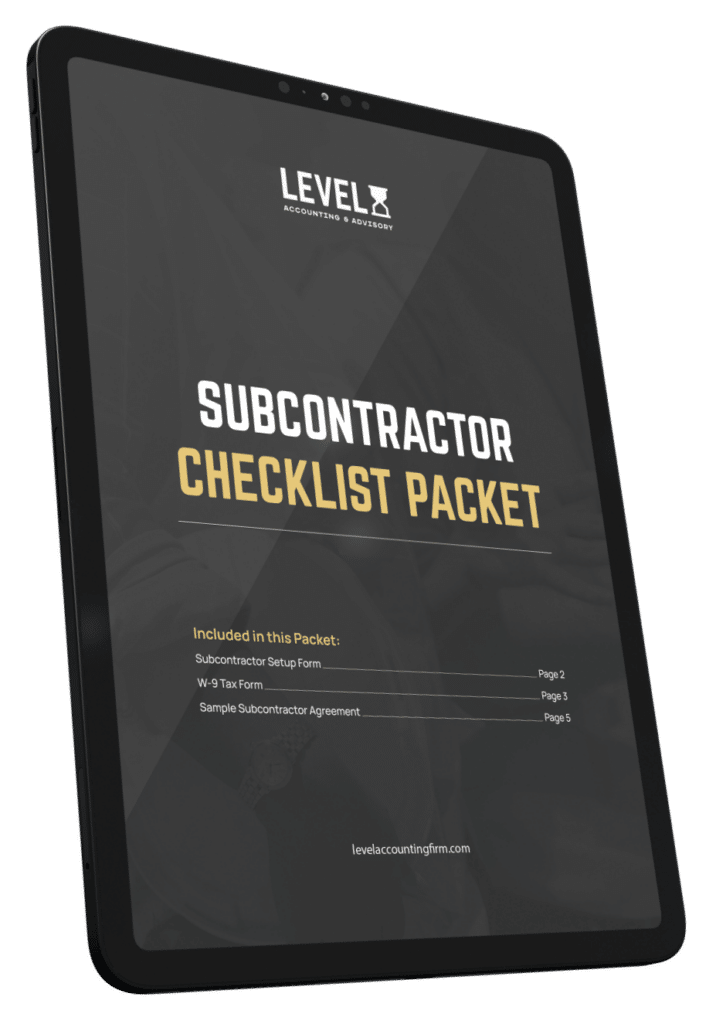A Guide to Your Estimated Tax
Are you self employed? Do you have income other than your salary? You may need to pay estimated taxes each quarter to take care of your tax bill.
What are estimated taxes (ET) and do I need to start making payments?
Income taxes work as a pay-as-you-go system. The government typically collects this money throughout the year by payroll tax withholdings taken out of each check. If at filing time, you have not paid enough income taxes through withholding you may have to pay a penalty for underpayment. You also may be charged a penalty if your ET payments are late, even if you are due a refund when you file your tax return.
In that case you will want to make quarterly estimated tax payments.
To determine whether you need to make quarterly estimates, see if you meet the following criteria:
· Receives income that is not from an employer, such as interest, dividends, alimony, capital gains, prizes, and awards.
· Has tax withheld from their salary or pension but it’s not enough.
· Has more than one job but does not have each employer withhold taxes.
· Is self-employed.
· Is a representative of a direct-sales or in-home-sales company.
· Participates in sharing economy activities where you are not working as employees.
What if you have multiple streams of income? Say you work a W-2 job, but you also have a part-time gig as a 1099 contractor or freelance worker. You can request your W-2 employer take out additional withholdings through a W-4 Form (typically filled out when you are first hired).
How can I avoid payments?
Wage-earners and salaried employees can avoid ET payments by having their employer withhold tax from their wages. To make changes to your withholdings use Form W-4, Employee’s Withholding Allowance Certificate, to tell your employer how much tax to withhold from your pay. Anyone can change their withholding any time during the year. It’s a great idea to review this with your accountant (if you work with one) to update your Form W-4 correctly based on your tax situation.
We recommend reviewing your withholding info annually to make sure you are withholding the correct amount of tax based on your situation. Your tax rate or amount of withholdings can change year to year depending on your personal tax situation.
What if you own a business, but it operates as a S-Corporation? If your business entity type is an S-Corp and you currently receiving a payroll check, then you are most likely having taxes withheld and do not need to make quarterly tax payments. To clarify, that is if you have at least 80% of taxes paid for State (for MA) and 90% of taxes paid for Federal through your withholdings.
Psst! Business Tax Tip: You can save thousands of tax dollars each year by using payroll to make your personal “Estimated Tax Payments” through your S-Corp payroll and your earnings as an employee of your business. If you are not doing this, you probably should be. Business owners on payroll are making their personal tax payments through payroll and are able to deduct the tax payments 100% as a business expense. Personal ET payments are not really tax deductible unless they are considered a payroll expense through a business. So, avoid missing this tax deduction and pay yourself to cover your personal tax liability through payroll. A.K.A. you can maximize your deductions and save money on tax. This should also be part of your annual tax planning process with your accountant.
How to calculate payments
There are several ways to calculate ET payments. The simplest way is to take 100% of the tax shown on your last filed tax return and split it into 4 payments. (Note that this does not mean that you are fully paid up on taxes, just that you should not get penalized.) The key is to take into consideration any changes in income, life events, like getting married, birth of a new child, etc.
Individuals can also use the Estimated Tax Worksheet from the IRS, which is in the instructions of Form 1040-ES. Corporations can find instructions on Form 1120-W.
When are they due and how do I pay them?
Federal and State ETs are due quarterly. Although, that does not limit you to four payments. You can split it into smaller monthly payments if you’d like. Whatever is more manageable for you.
- 1st Quarter Estimate – 4/15
- 2nd Quarter Estimate – 6/15
- 3rd Quarter Estimate – 9/15
- 4th Quarter Estimate – 1/15
These dates do not apply to farmers or fishermen who earn at least two-thirds of their gross income from farming or fishing. If that applies to you then, you do not have to make payments by the dates above. You can if you’d like, but it isn’t necessary. Instead, you should do either of the following:
- Pay all of your ET for the 2020 tax year by January 15, 2021
- File your 2020 Form 1040 by March 2, 2021, and pay the total tax due
How to pay Federal Tax:
● Online
● Send estimated tax payments with Form 1040-ES by certified mail
● By phone or from your mobile device using the IRS2Go app.
● Electronic Federal Tax Payment System (best option for businesses or large payments; enrollment required)
Visit IRS.gov/payments to view all the options.
How to pay State Tax:
Note: We did not address state ET requirements because every state is different with rates and percentages. Rules and processes may vary from state to state, so please visit your state’s government site to find out your payment options and tax requirements.
In the state of Massachusetts you have the following options:
● Pay online (MassTaxConnect for Massachusetts)
● Certified mail – must send check or money order with completed voucher (2020 Form 1-ES). Mailed to Massachusetts Department of Revenue, PO Box 419540, Boston, MA 02241-9540.
Need help preparing and filing your business taxes? Click here to find out more about Stratlign’s Tax Preparation and Tax Filing services!


